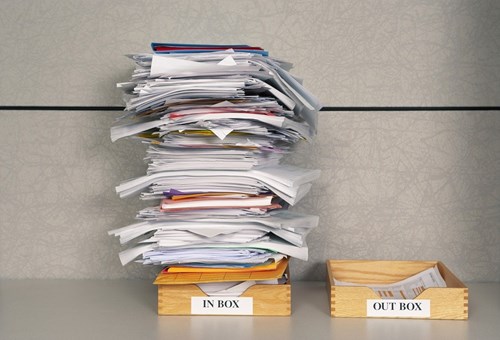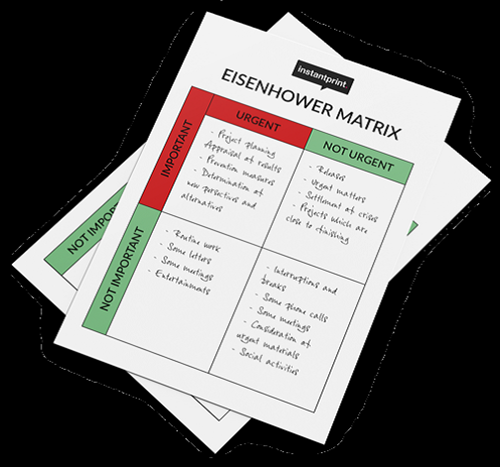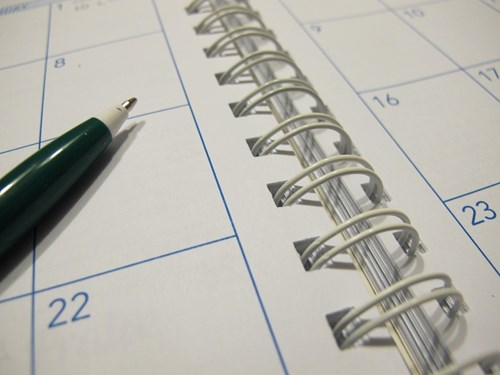
Owning and running a small business will at times mean working on a range of projects on top of dealing with the usual daily tasks, making it difficult to manage your time efficiently. In our 2017 Small Business survey, we discovered that 58.2% of small business owners spend less than 10 hours a week growing their business. Business owners do not have enough time in the day to get the daily tasks ticked-off, never mind the time to work on potential opportunities for business growth.
It’s evident that to be a successful business owner you must learn how to manage your time efficiently, so that you have time left in your working week to push your business further. To help you become more organised with your time, below are some expert tips on how to work less but do more!
Go On A Media Diet

One piece of advice is to go on a ‘media diet’, which basically means limiting the amount of time we spend reading news and scrolling through social media feeds and making more time for relaxing activities, such as reading a nice book. In that way, you’re less stressed and more focused on the task in hand when working.
Within our eBook, we also advise to limit yourself to a specific time of day to check your social feeds and news outlets, which we wouldn’t advise to be more than twice a day. Aaron Norris, from The Norris Group went on a ‘media diet’ to manage his time more efficiently. He said, ‘‘I’m less stressed, I’m making more time for books instead of news, and I’m enjoying social media a little more.’’
Set Aside Time For Emails And Calls

When you’re busy and have a lot of different projects happening at once, you will naturally receive a lot of emails and important phone calls. However, you must ensure that you fully focus on the task at hand don’t become distracted when an email pops up or when someone calls.
A wise way to do this is to set times in the day for when you check your emails and have them closed for when you’re working on difficult and time-consuming tasks. Otherwise, you will find yourself constantly distracted and never fully committing yourself to the task at hand.
Stop Procrastinating
It’s very easy to procrastinate, especially when you’re working on a task which you find particularly mundane and unengaging. However, procrastination will not help you to move your business forward or to complete any of your daily tasks quicker.
The first thing to do when tackling procrastination is to understand why you become so easily distracted from your work. Are you not enjoying what you’re working on? Do you feel overwhelmed and unsure where to start? Once you understand what the main problem is you can move forward with improving your productivity.
Nancy Haworth, Professional Organiser for On Task Organising, suggests prioritising your schedule to work on tasks that are urgent, important and help you reach your business goals, and, when possible, delegate, so that your time is spent as wisely as possible. This will then help you to stay focused and less likely to procrastinate!
The Eisenhower Matrix is a widely used method of prioritisation used by entrepreneurs which quickly sorts tasks by urgency and importance.
Tasks are split into four following categories: Important and urgent, important but not urgent, urgent but not important and neither urgent nor important. Just like in the image below.

Try to utilise this method when planning your daily and weekly tasks, to ensure that your time is being spent on the right tasks. If you’re feeling overwhelmed and that your working day lacks structure, you may find yourself more likely to procrastinate.
Schedule Your Time Daily, Weekly and Monthly.

A terrific way to start your week is to write up an overview of all the tasks which need to be completed that week and then allocate time in your schedule for you to complete these tasks for every day of the working week. Furthermore, it’s advisable to not block out a complete day on one task, instead, break down big tasks into manageable chunks. Then, you will gain a greater sense of achievement when completing more tasks by the end of the working day.
To-do lists are handy if you want to feel organised and efficient at work. However, when you have a lot to do in one day, you will more than likely find that you just keep adding to your to-do list without ticking anything off. Therefore, it could be useful to create a closed list, which is basically a to-do list that you cannot add to until the list is complete.
Block scheduling is also a great way for you to remain focused on the task in hand and to not become distracted. For example, if you have a big presentation to work on or want to brainstorm some creative new business ideas, then block out an hour in your calendar to focus just on that task. Be careful to not block out too much time on one task at a time.

 (1) (1).png)


.jpg)
